
Black Swan
Black Swan
Black Swan
Did you know that there is a mysterious white swan with a completely black body? The black swan, a species of swan with black plumage, inhabits Australia and New Zealand. At one point, they were thought to be an impossible creature and were even considered a symbol of futile effort. Let's take a closer look at the characteristics and secrets of these black swans and explore their way of life in this article.
Black Swan Basic Infomation
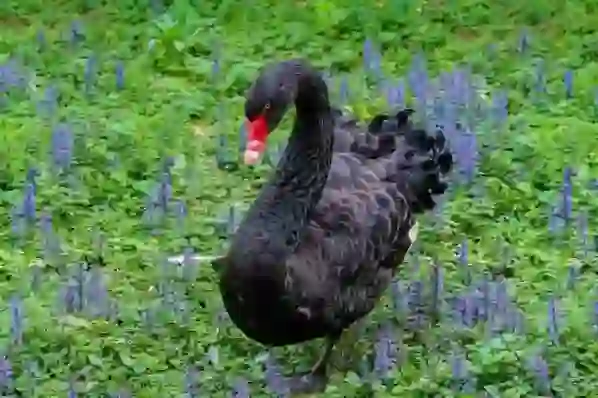
Aves-Anseriformes-Anatidae-Swan genus.
Length:110~140cm. Weight:3.7~8.7Kg.
The black swan is a species of swan that inhabits Australia and New Zealand. They have a very large body size, and when they spread their wings, they can reach a size of up to 200cm.
The black swan, as its name suggests, is characterized by its black body color and bright red beak. Its entire body is black, but the tips of its wings are white, which can be a distinctive feature as white feathers are visible when they fly.
Black swans are monogamous, once they form a pair, they stay with the same partner for life. The breeding season is in summer in Australia and in autumn to winter in Japan, during which they lay eggs in a large nest made of branches and grass on the ground or on aquatic plants.
Black swans lay 4 to 10 eggs per clutch, and both the male and female take turns incubating the eggs for about 30 days until they hatch. The chicks remain with their parents for about a year before becoming independent.
Black Swan Q&A

What is the origin of the name of the black swan?
The animal that is called the "black swan" in English is actually called the "kokutyou" in the Japanese case. Why is it called a kokutyou in Japanese this time? We will introduce its origin.
The origin of the name of the kokutyou is the color of the body, and it was named "kokutyou" because the color of the body is black. (Black is called koku in Japanese)
By the way, swans are also called "hakutyou" in Japanese because they have a white body. (White is called haku in Japanese)
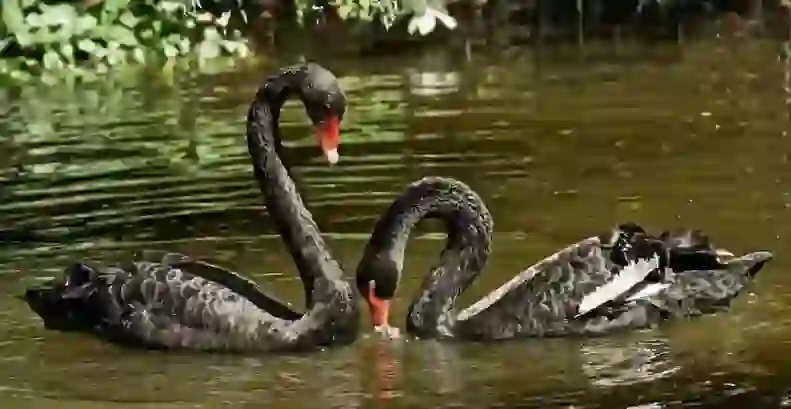
Why do black swans live there?
Wild black swans inhabit almost all areas of Australia except for the dry regions, as well as New Zealand.
The subspecies (Cygnus atratus sumnerensis), which once lived in New Zealand, unfortunately went extinct. Currently, the subspecies (Cygnus atratus atratus) living in Australia has been introduced to New Zealand by humans and is breeding in the wild.
I don't know the exact reason why black swans live in Australia, but considering that they do not migrate to other continents and are able to survive within the continent, it can be speculated that Australia is a place where black swans can easily find abundant food and live comfortably.
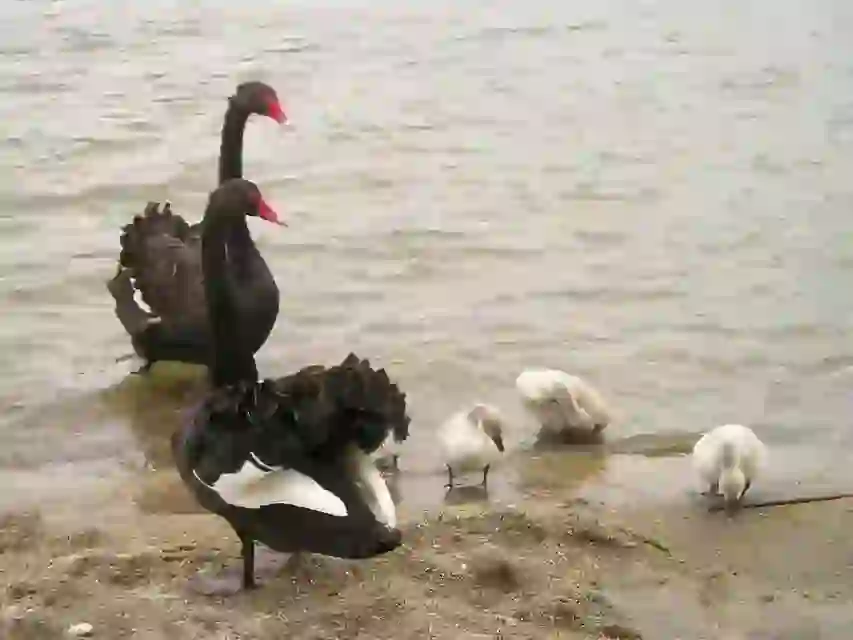
What do black swans eat?
Black swans are herbivorous and mainly feed on aquatic plants to live. However, they also enjoy plants that grow on land and have been spotted eating grass such as lawns at times.
In zoos, they are fed with formulated feed for waterfowl, as well as vegetables such as cabbage and komatsuna.
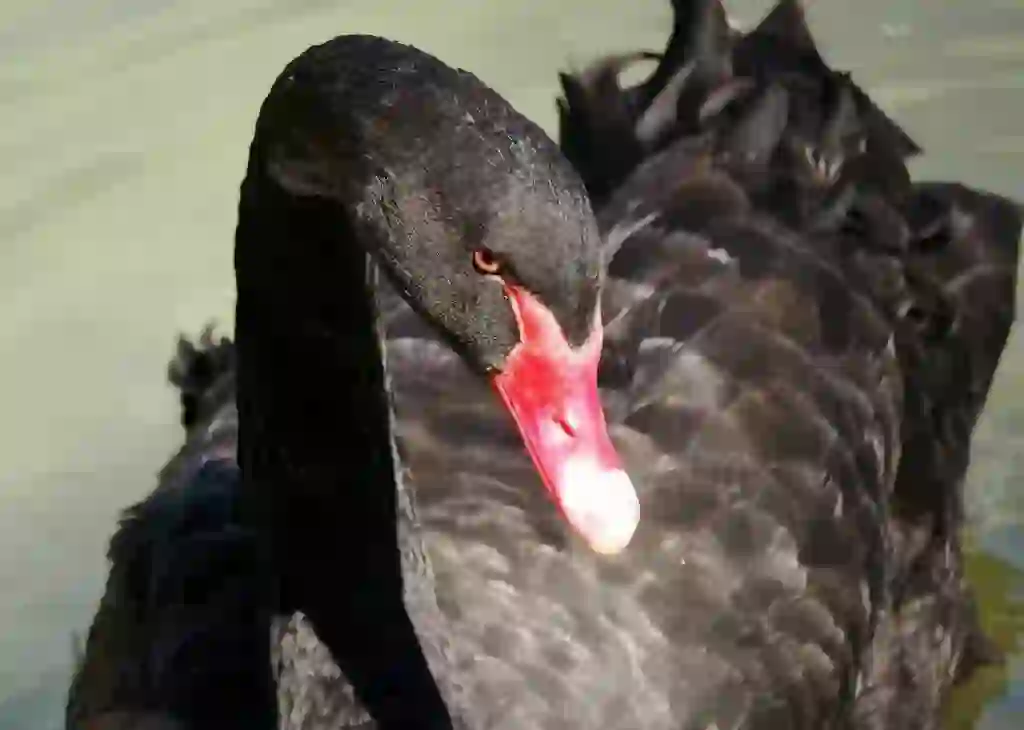
What kind of personality does the black swan?
It is said that black swans have a very calm and gentle temperament.
It is possible that some people may have a somewhat scary image of black swans, perhaps due to their completely black color and the influence of the movie "Black Swan". However, despite their appearance, black swans are generally gentle and many individuals have a friendly and sociable temperament.
Actually, it is said that swans are somewhat more aggressive than black swans, and their temperament becomes particularly rough during the breeding season.
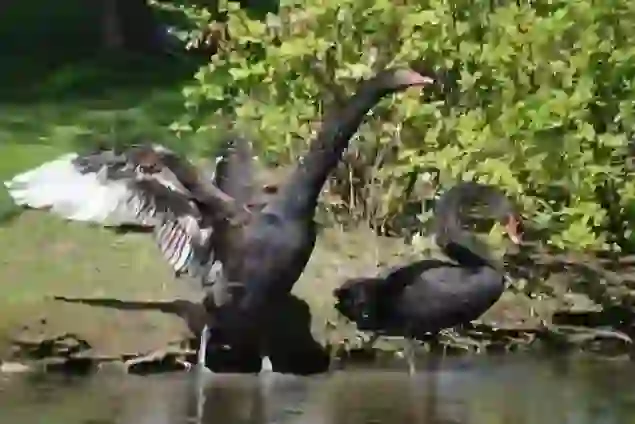
What kind of voice does a black swan?
Black swans have surprisingly high-pitched voices, such as "coo coo" and "kyu kyu", which are not what you would expect from their large bodies. Some people have even fallen in love with black swans because of the gap between their appearance and their voices.
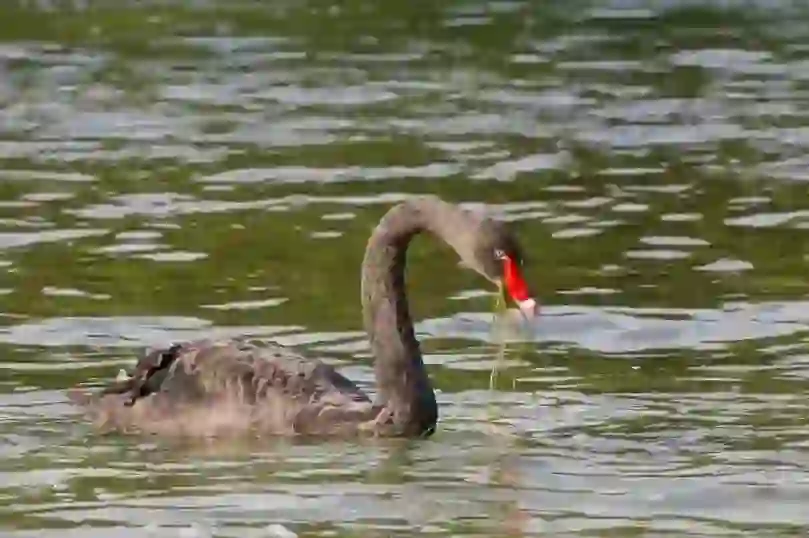
What is the difference between a black swan and a swan?
Black swans are a species of white swans, but what are the differences between black swans and white swans? Let's take a look at the differences between black swans and one species of white swan commonly found in Japan, the "mute Swan".
Although black swans and mute Swans look very similar, their colors are different. Black swans have black feathers all over their body, and their beaks are a striking red color with a white spot at the tip. Mute Swans, on the other hand, have pure white feathers all over their body, and their beaks are divided into two colors, orange and black.
As adults, black swans and mute swans look completely different, but interestingly, both of their bodies are gray in color when they are chicks. It's funny to think that the chicks of black swans and mute swans, which become completely opposite in color when they grow up, are the same color. By the way, the mute swan is slightly larger, with a body length of about 150cm, while the body length of a black swan is about 110-140cm.
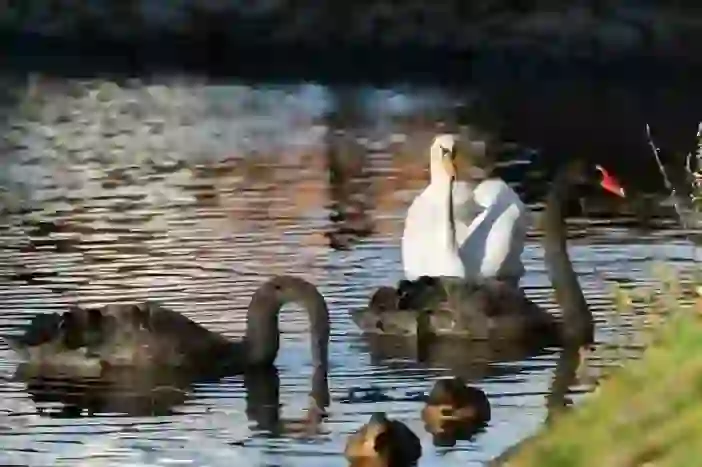
Is it true that people thought that black swans were non-existent animals?
That's true. In Europe, there used to be a proverb that expresses a futile effort as "searching for a black swan."
That's true. After the discovery of the black swan, which was previously believed to be nonexistent, it became a symbol of "challenging conventional wisdom," "bringing about a radical change," and "not being too sure of oneself."
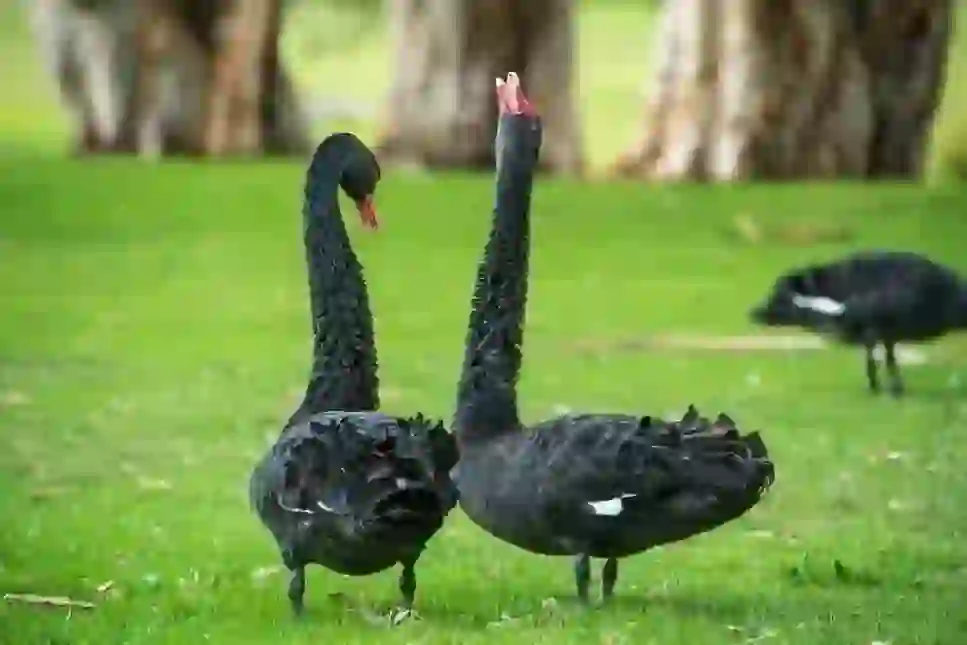
Can black swans be kept as pets?
By the way, is it possible for individuals to keep black swans or white swans as pets at home? We conducted a survey this time, but we could not find information on people who actually keep black swans or white swans as pets.
However, according to information on social media, some people have seen black swans or white swans being sold at general pet shops.
In the past, black swans were brought to Japan by human hands as birds for meat or as pets. Although black swans are "non-native species" that are not originally from Japan, they are not "designated invasive species".
Therefore, it is presumed that there are no specific legal restrictions on keeping black swans. However, if someone wants to actually obtain and keep a black swan, it is strongly recommended to inquire with their local prefecture or the Ministry of the Environment.
※"Specified invasive species" refers to invasive species that may cause damage or have the potential to cause damage to ecosystems, human life and health, or agriculture, forestry, and fisheries.
It has been confirmed that black swans are currently established and breeding mainly in Lake Senba in Ibaraki Prefecture, and there is concern that if they continue to breed, they could have an impact on the ecosystem by eating native plants in Japan.
Therefore, there are opinions suggesting that they should be designated as "specified invasive species" and prohibited from breeding and transportation in the future, like black bass and raccoons.
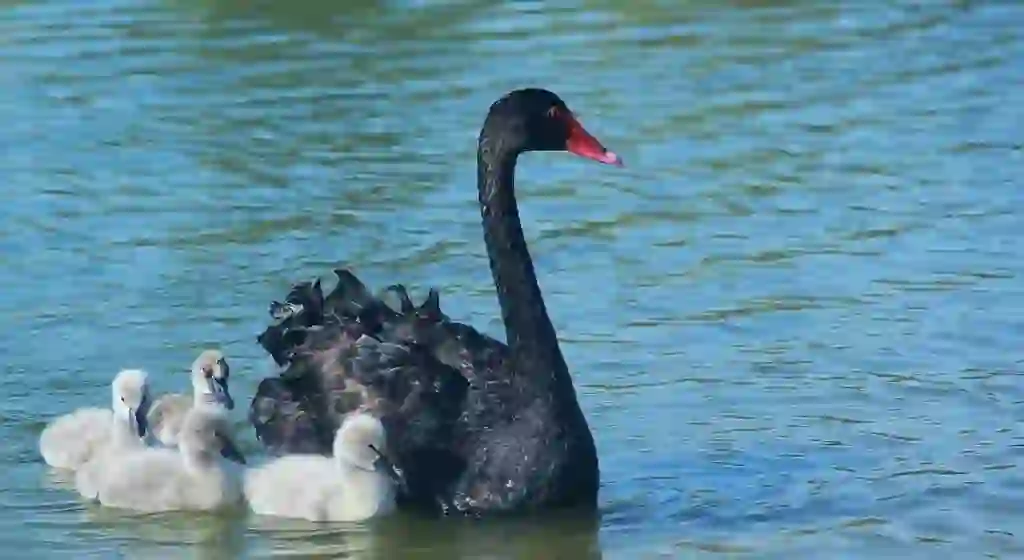
Is there a zoo where you can see black swans?
Black swans are sturdy and easy to keep, and they are also visually stunning. Because of this, they are bred in many zoos and tourist attractions such as Yagiyama Zoological Park in Miyagi Prefecture, Chikkomon Children's Zoo in Saitama Prefecture, and Kagoshima City Hirakawa Zoological Park in Kagoshima Prefecture.
There are facilities where visitors can feed them, so those who want to interact with black swans may want to search for such facilities.
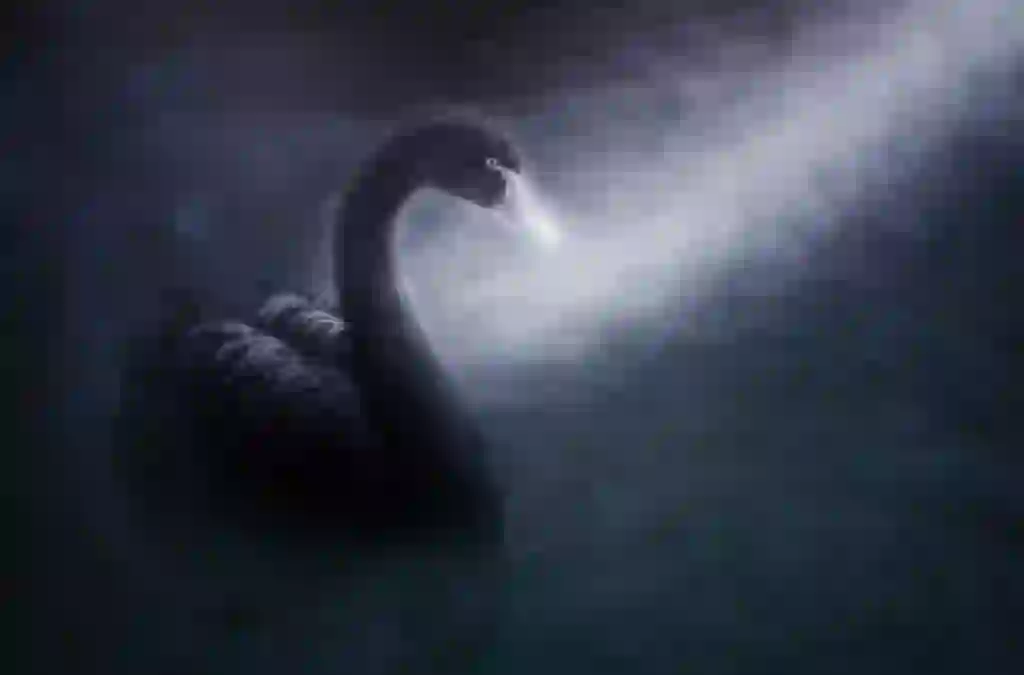
How long do black swans live?
Black swans are known to live very long lives, with a lifespan of around 30-40 years.
By the way, the lifespan of a swan is said to be 15-20 years. When compared to swans, it can be seen that black swans are birds that live very long lives.
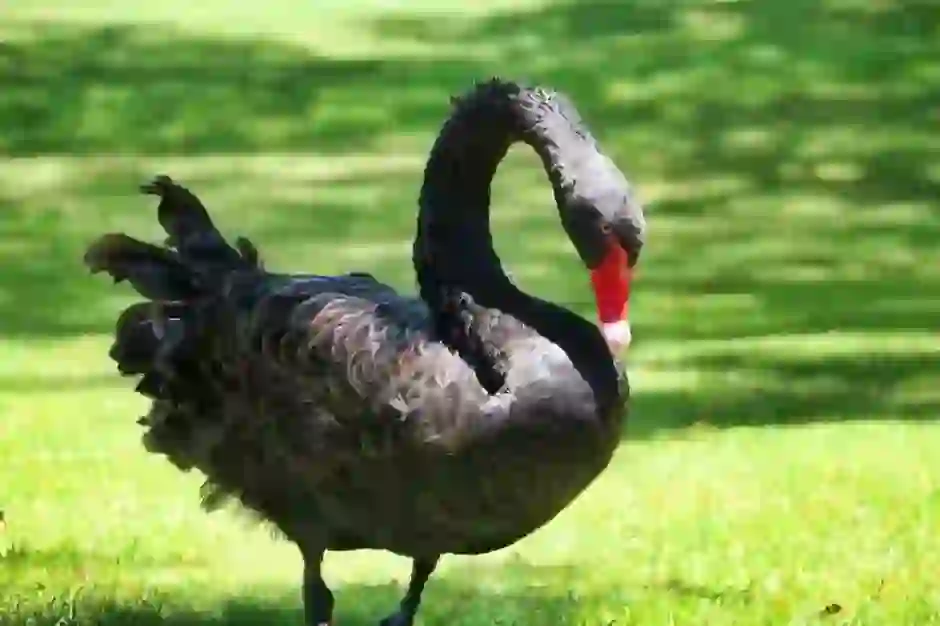
What enemies does the black swans have?
In the wild, the natural enemies of the black swan are said to be animals such as foxes, dogs, and cats. If they are kept in a zoo, sometimes their chicks or eggs can be taken by crows.
However, humans may be the biggest threat to black swans. In their native habitat of Australia, development has led to a reduction in the areas where black swans can live and breed.
Additionally, while black swans are naturally herbivorous, there are still people who continue to feed wild black swans processed foods such as bread. This can lead to imbalanced nutrition or even choking, weakening the birds or causing them to lose their lives.

Would you like to become a part of the 'Animalbook.jp'?
Turn your knowledge into Q&A and share it with the world. ※Publication will be activated after purchase. Let's share information together!
Black Swan Type of List
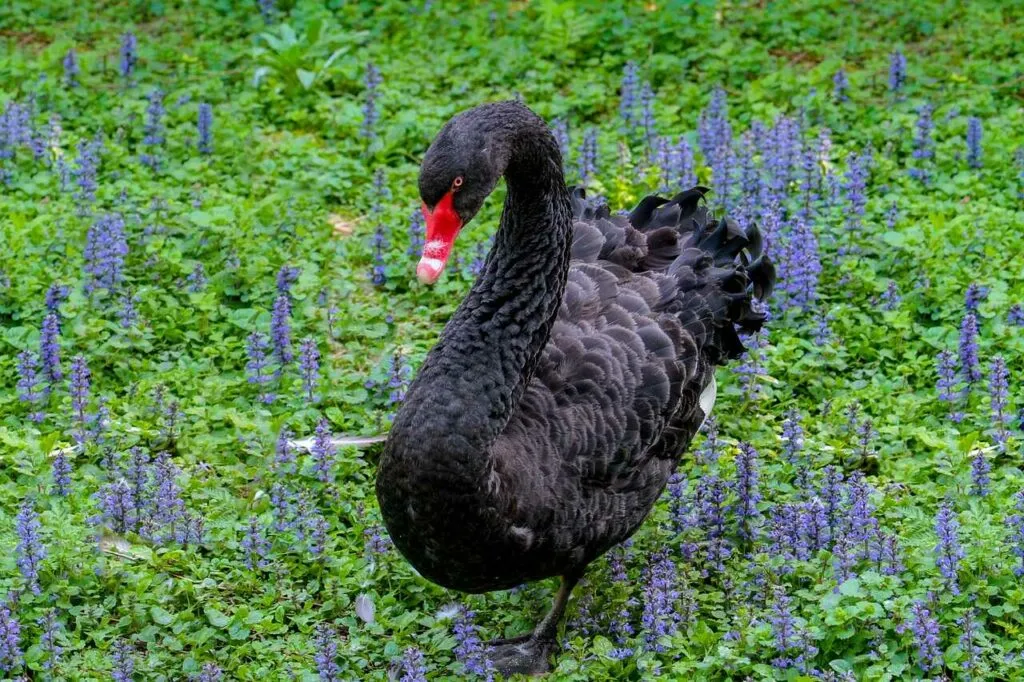
- Black Swan
Information
Congratulations! You are the first commenter!

Create Your Favorite List!
Black Swan
Save the animals you love! Build your own list to quickly revisit your favorites later.

Would you like to leave a comment?
※Please note: This is for the purchase of rights to post comments within the article.
Find Your Favorites!
Our shop offers a unique and attractive selection of goods themed around various animals.
Black Swan References

- 八木山動物公園「コクチョウ」 http://www.city.sendai.jp/zoo/dobutsu/chorui/kamo/059.html
- 西日本新聞「「奇跡の水鳥」老衰で死ぬ 名古屋、鳥インフル感染も生存」 https://www.nishinippon.co.jp/item/o/467933/
- 国立研究開発法人 国立環境研究所 侵入生物データベース「コクチョウ」 https://www.nies.go.jp/biodiversity/invasive/DB/detail/20480.html
- Department of Biodiversity, Conservation and Attractions「Fact Sheet Black Swan (Cygnus atratus)」 https://www.dpaw.wa.gov.au/images/documents/conservation-management/riverpark/fact-sheets/Fact sheet - black swan.pdf
- コトバンク「コクチョウ」 https://kotobank.jp/word/コクチョウ-64121
- 天王寺動物園「コクチョウ」 https://www.tennojizoo.jp/picturebook/bird/blackswan/
- 東京ズーネット「コクチョウの産卵」 https://www.tokyo-zoo.net/topic/topics_detail?kind=news&link_num=8411
Black Swan Introduction of media used
出典:https://pixabay.com/videos/id-1292/

出典:https://pixabay.com/images/id-3770950/

出典:https://pixabay.com/images/id-4391529/

出典:https://pixabay.com/images/id-82/

出典:https://pixabay.com/images/id-2743431/

出典:https://pixabay.com/images/id-414760/

出典:https://pixabay.com/images/id-2715011/

出典:https://pixabay.com/images/id-3858247/

出典:https://pixabay.com/images/id-341583/

出典:https://pixabay.com/images/id-3051873/
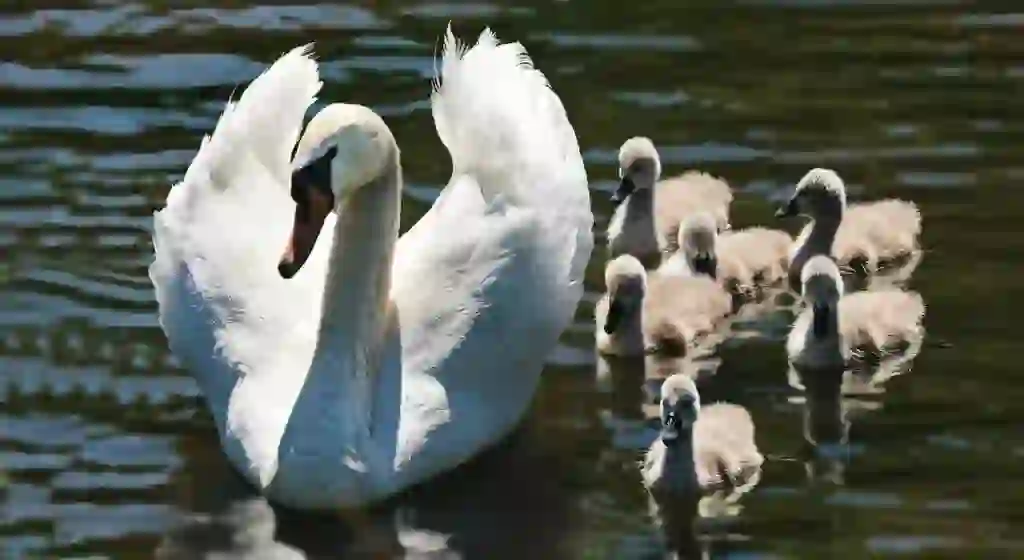
similar
出典:https://pixabay.com/images/id-2494925/

出典:https://pixabay.com/images/id-4107442/

出典:https://pixabay.com/images/id-3128000/
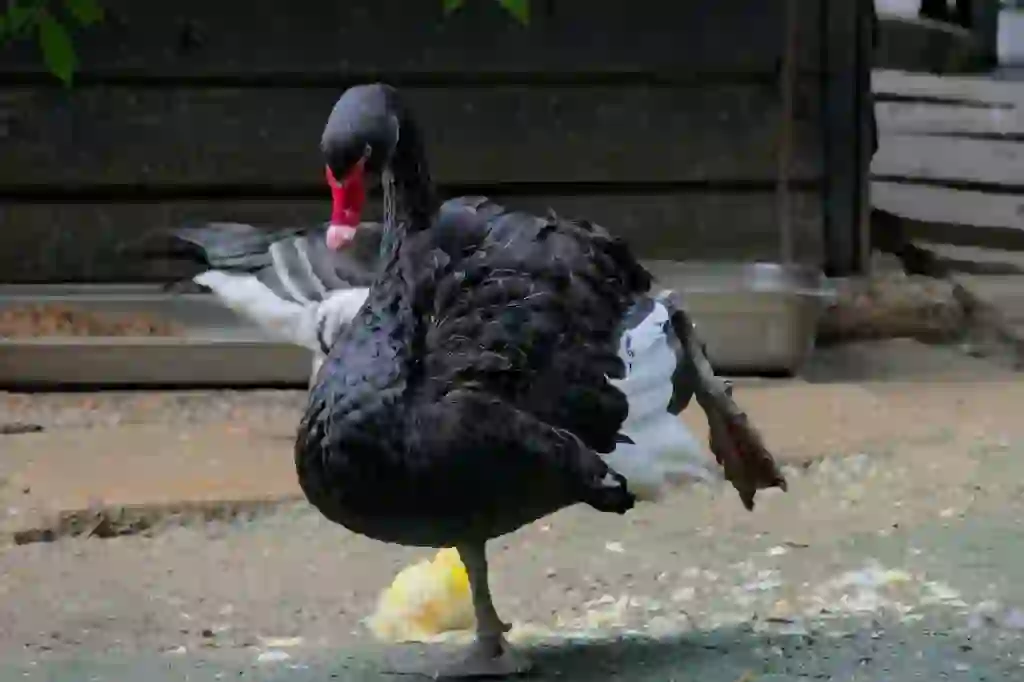
出典:https://pixabay.com/images/id-2723341/
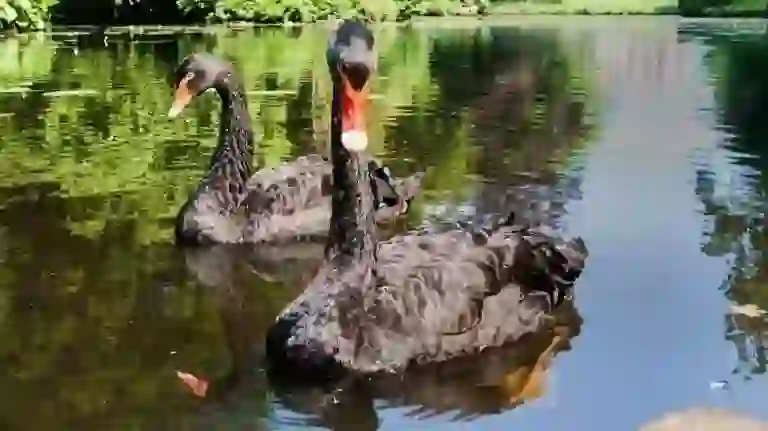
出典:https://pixabay.com/images/id-2366759/
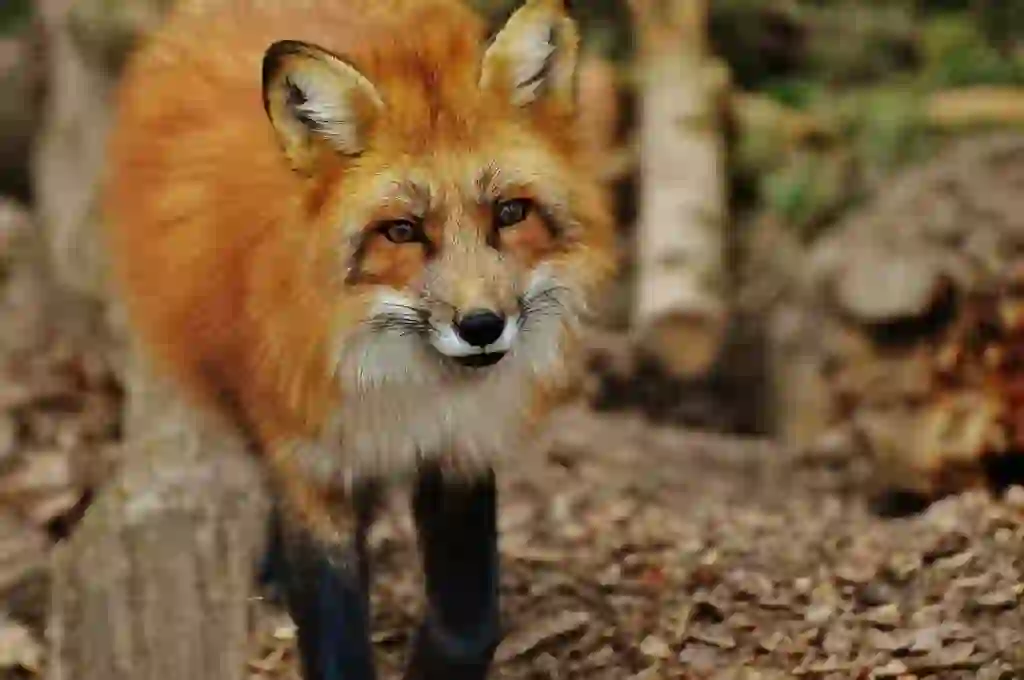
enemy
出典:https://pixabay.com/images/id-1310840/
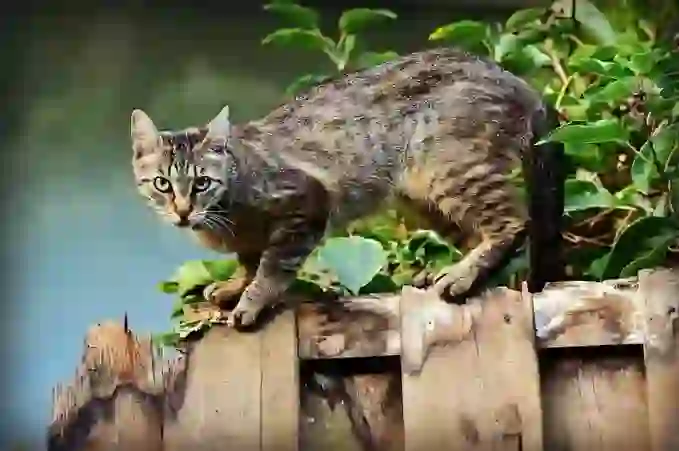
enemy
出典:https://pixabay.com/images/id-3846780/
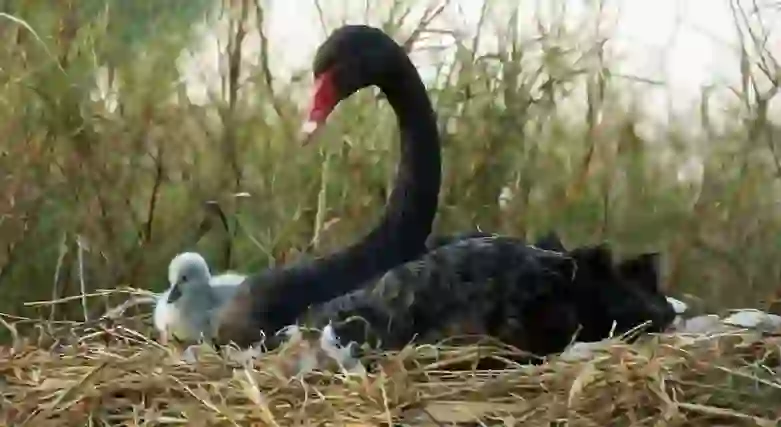
出典:https://pixabay.com/images/id-2317101/

Help Enrich Our Animalbook.jp with Your Media!
We are constantly looking to expand and enrich our Animalbook.jp with amazing photos and videos of animals. If you have any media that you'd like to share, please contribute and help us showcase the beauty and diversity of the animal kingdom. Your submissions will be credited and featured in our encyclopedia, reaching a wide audience of animal lovers.


















